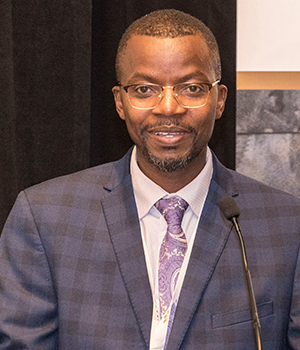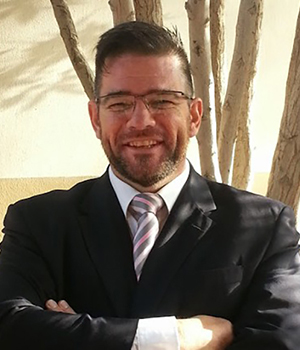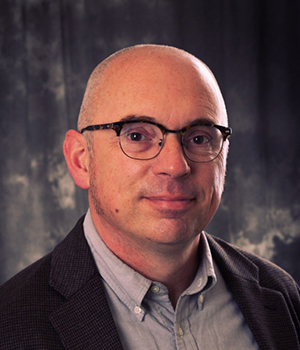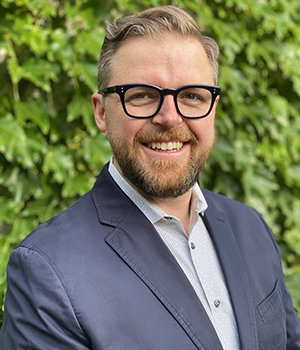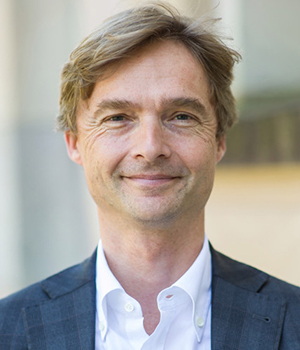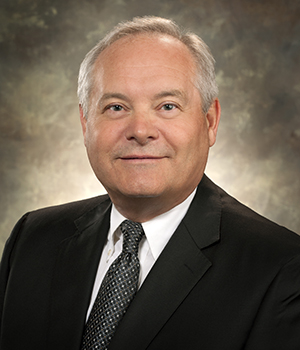Back to program
Scientific and Technological Expertise for the Benefit of the Canadian Mining Industry: Contribution of MICA Members
Tuesday, November 21, 2023
Room 301A - COREM
MICA, the pan-Canadian support network for mining innovation, has been expanding over the past 2 years. MICA mobilizes scientific and technological expertise across Canada to implement the best practices and technologies for the benefit of the Canadian mining industry. This conference session presents the scientific expertise, research infrastructures and connections with the specific mining features of each territory. The aim of this first MISA-MICA conference is also to promote open discussion of key issues and to encourage the development of joint research projects.
This session will be offered in English and in French.
1:30 p.m.
Welcome Address
1:35 p.m.
Update on the Minning Innovation Commercialization Accelerator
Conference details
During this presentation, many points will be discussed:
- An overview of the MICA Network.
- The MICA projects we're funding.
- Our activities and the services we offer to our members.
- Our global outreach efforts and their impact.
- The influence of MICA's main partners on local ecosystems.
- Key global trends in mining that are crucial for us to monitor.
1:55 p.m.
Supporting Atlantic Canadian Mining Innovation with Hyperspectral and Reality Capture Technology Applications
Conference details
This presentation will highlight how College of the North Atlantic’s (CNA) Office of Applied Research and Innovation is working with the mining industry, the MICA network and governmental agencies on two major initiatives supporting the mining sector Canada:
1- Hyperspectral Drill Core Imaging. CNA, in partnership with Rio Tinto, Agnico Eagle, ACOA and the government of Newfoundland and Labrador has undertaken the largest hyperspectral imaging project of geological materials in Canadian history. Newfoundland and Labrador is home to one of Canada’s largest public drill core libraries with over 1.7 million metres of drill core in storage. Using VNIR, SWIR, MWIR and LWIR hyperspectral sensors and laser profilers in our mobile Hyperspectral Scanning Unit (HSU), CNA is creating a Hyperspectral Database of NL’s drill core to support exploration activity and investment for the mining community through public geoscience.
2- Reality Capture and Digitization Technology Access Centre (RCD TAC). The Reality Capture and Digitization Technology Access Centre (RDC-TAC) specializes in collecting, processing, and visualizing data from our suite of advanced reality capture and digitization technologies to accelerate business innovation and data-driven decision-making. The RCD TAC deploys its reality capture, remote sensing, photogrammetry, geomatics, and digitization technologies to characterize mine sites, assets, and exploration terrain to create highly accurate 3D models used by mining and exploration companies to inform their operations. Examples will include use cases from missions where autonomous LiDAR UAVs, topo-bathymetric LiDAR UAVs, metrology scanning, hyperspectral LiDAR UAVs and mobile 3D mapping technologies were utilized.
2:20 p.m.
Equipment Reliability and Durability issues in Oil Sands Mining
Conference details
The MARIOS consortium is the primary solution provider for equipment durability and reliability issues in the oil sands mining sector. The consortium identifies, validates and assists the adoption of advanced technology solutions to increase mine efficiency and productivity.
The oil sands industry spends approximately $3B per year on maintenance related issues, with another $5B to $7B in associated lost production. These costs are largely attributed to equipment durability and reliability issues caused by the high wear environment in which this equipment operates. Established in 2008, the Materials and Reliability in Oil Sands (MARIOS) consortium is an industry-led initiative, managed by InnoTech Alberta, that addresses materials and reliability issues in the oil sands mining industry, to improve the reliability and durability of equipment in critical operations. MARIOS comprises of the four oil sands surface mine operators and over 45 supply chain companies, and focuses on the timely provision of commercial-ready solutions to address the industry’s most pressing needs. This presentation will give an overview of the advances made with improving the longevity and reliability of mining and processing equipment, including examples of how the utilisation of advanced manufacturing and materials can promote significant impacts.
3:00 p.m.
VORTEX Programme: Critical Mass of Connected Objects at the Heart of Mining Operations
Conference details
The digital transition is gradually taking hold of mining operations. Digital technologies, artificial intelligence, optics, data science, to name but a few, are the subject of multiple proofs of concept currently underway. The road to autonomous mining operations is progressing steadily towards 2030. At the heart of this technological effervescence, the Internet of Things (IoT) is positioning itself as a breakthrough technology that will have a profound impact on the way a mine is operated. MISA's VORTEX Programme aims to accelerate the deployment of IoT at the heart of mining operations, and to deploy a Quebec-based supply of connected objects for the Quebec and international mining markets. This presentation will showcase concrete examples of IoT applications developed by innovative SMEs from Quebec's mineral sector.
3:25 p.m.
Future of the Workforce and the Intelligent Enterprise
Conference details
Startups and scale-ups are bringing together yesterday's workplace and tomorrow's renewed enterprise.
- Industry 4.0 is the active evolution of the industrial sector.
- Industry 4.0 is defined by convergence.
- Industry 4.0 is the transformation of the workforce.
- Industry 4.0 is electrified and sustainable.
MaRS is North America's largest urban innovation hub. A registered non-profit organization, MaRS supports startups and high-growth companies tackling key problems in healthcare, climate technology, productivity, supply chain and many other sectors. What's more, MaRS brings together all members of the technology ecosystem to drive breakthrough discoveries, grow the economy and make an impact by solving real problems for real people – in Canada and around the world.
3:50 p.m.
Technical Opportunities and Challenges in BC's Mining Sector
Conference details
British Columbia has many opportunities in mining but also several challenges. Selenium emissions from the mining of steel-making coal have been reduced but need to be cut further to enable expansion of the industry to meet demand. Lower ore grades in open pit mining means more waste that needs better solutions than what we have now. Discovery of new deposits is also often hampered by glacial overburden, requiring different methods of exploration. On the other hand, excellent research capabilities exist within BC in mineral processing, biotechnology and exploration that have world-leading potential.
4:15 p.m.
One Partner Learnings from Mica Step One: Moving the Bar on the Mobilization
Conference details
This presentation will provide a quick backgrounder & upgrade of the mining & mining innovation environment in the Sask. Region. Technological advances are constantly streaming from the global innovation, engineering & research machines developed around the world. Recent advances in IT, computers/computing power, sensors & electrical, electronics technologies can sometimes seem very attractive to large scale miners like we host in Saskatchewan, Manitoba & NWT. Recent disruptions like war in the Ukraine & global drivers like population increase, automation & more have caused the increase of Sask. mining products to increase over $1B in just the last year alone. We'll discuss how this can translate to new research & how to best move some of these developments from the lab to the mine or mill, especially in key commodities like potash, uranium & other key critical minerals needed to enable electrification, decarbonization, to better feed the worlds growing population and necessary to slow or stop climate change, continue the world's wireless engagement worldwide.


